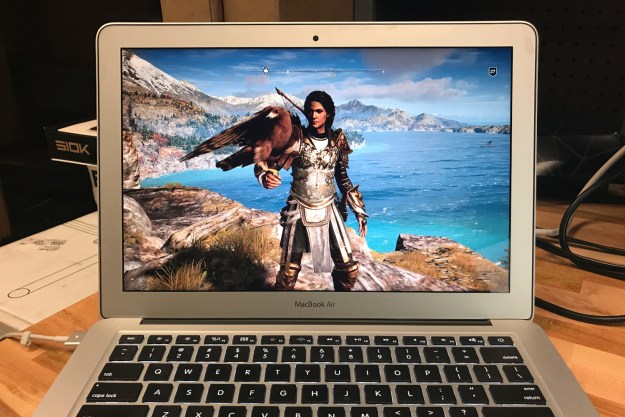
Right now, the “beta” driver is served up only to participants in the Windows Insider program (v381.74 as of April 27). It covers all GeForce GTX 10 Series cards from the GTX 1050 Ti to the monster $1,200 Titan XP. Unfortunately, the 3GB video memory requirement leaves the GTX 1050 cards out of the 4K UHD streaming picture…at least, for now.
In addition to the GTX 10 Series cards, the 4K UHD playback will also require a monitor with HDCP 2.2 copy-protection technology, which prevents the copying of video content and digital audio as the stream passes along the cable connection. Customers will need an internet connection of at least 25Mbps, too, in order to support the big chunks of data creating all that
Up until Nvidia’s beta driver for Windows Insider participants, Netflix subscribers could only stream 4K UHD content on the latest seventh-generation processors from Intel. The processor requirement had nothing to do with providing horsepower for streaming the UHD content, but rather with preventing piracy. That’s why
Microsoft introduced copy prevention technology called PlayReady in 2007 and integrated version 3.0 of this tech into Microsoft Edge. Netflix uses v3.0 to protect its 4K UHD content, and right now no other browser natively supports PlayReady v3.0, hence the Microsoft Edge requirement for playback.
Adding to that, the 4K UHD Netflix stream uses a 10-bit video compression standard called High Efficiency Video Coding (HEVC) that’s not supported by processors prior to Intel’s seventh-generation chips. Instead, they only support 8-bit HEVC.
Ultimately Netflix caused the 4K UHD stream lockdown due to its choice of copy protection and video compression. Thus, customers stuck with a sixth-generation Intel processor or older were left out of the
That leads us to another detail provided by Nvidia: the Netflix app. The version distributed through Microsoft’s Windows Store supports 4K UHD streaming, thus Windows 10 PC owners aren’t locked to the Microsoft Edge browser. Again, subscribers still need an HDCP 2.2 compliant screen in addition to the Intel or Nvidia hardware requirement for the 4K UHD Netflix stream.
“In case of a multi-monitor configuration on a single GPU or multiple GPUs where GPUs are not linked together in SLI/LDA mode, 4K UHD streaming will happen only if all the active monitors are HDCP2.2 capable,” Nvidia states. “If any of the active monitors is not HDCP2.2 capable, the quality will be downgraded to FHD.”
4K streaming is not supported for multi-GPU SLI configurations, Nvidia adds.
Editors' Recommendations
- Nvidia RTX 50-series graphics cards: news, release date, price, and more
- Move over, 4K — Nvidia’s RTX 4090 introduces 13K gaming
- Nvidia RTX 40-series will let you ramp up the power draw for more performance
- Nvidia’s new flagship GPU may offer a huge 4K boost — but at a staggering cost
- Nvidia’s 40-series GPUs could blow the lid off your power supply



